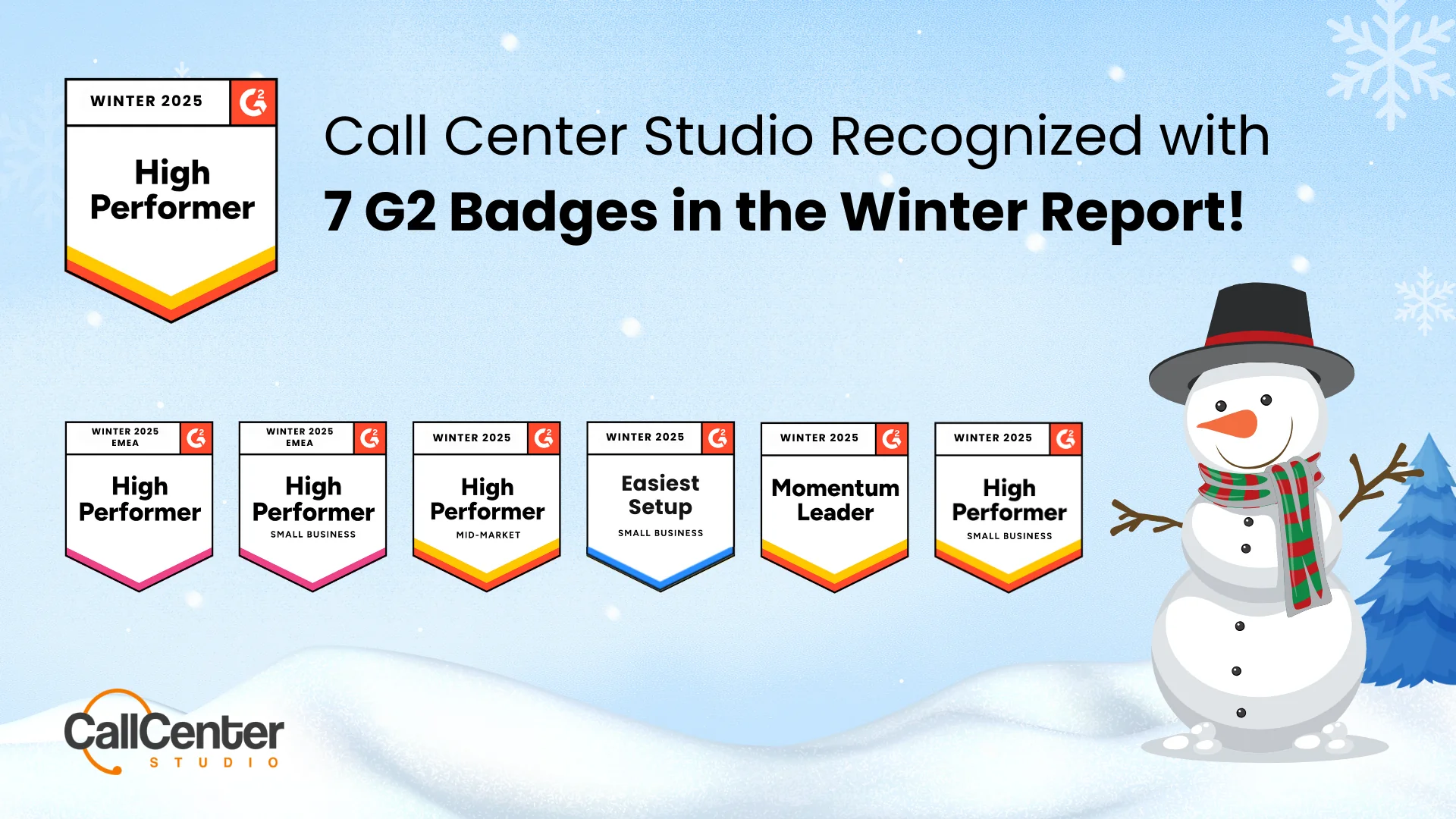Top companies systematically listen to VOC (voice of customer)—legally of course.
For instance, Starbucks launched “My Starbucks Idea”, where customers pitched and voted on suggestions. They sorted ideas by feasibility and impact, then actually implemented 275 ideas to their products accordingly.
Businesses also work hard to build a strong feedback culture to boost employee development and service improvement.
Let’s discuss some key points to see the benefits of feedback culture:
- Constant Improvement: Real-world feedback highlights what’s working and what’s not, helping businesses fine-tune products and services.
- Customer-Driven Decisions: What customers say is more valuable than internal assumptions—listening ensures your changes meet their needs.
- Measuring Satisfaction: Tools like Net Promoter Score (NPS) help gauge happiness, revealing pain points before they become bigger issues.
- Building Loyalty: Customers who feel heard are more likely to stick around and recommend your brand. The same goes for employees too—when their input matters, an agent’s feedback starts to increase as well in a good way.
- Staying Competitive: The best businesses constantly collect and act on feedback, ensuring they evolve with customer expectations instead of falling behind.
Big companies (even giant ones) are using Call Center Studio cloud-based tools for customer support and more.
Book your free demo here.
Building a Feedback Culture for Continuous Improvement
A feedback culture is essential for employees. Because frontline staff have valuable insights into customer needs and internal processes. Creating an environment where feedback is regularly exchanged improves customer service and employee engagement.
Key Strategies:
- Set Clear Expectations: Make feedback a normal part of work, not a risky act. Provide guidelines on giving constructive feedback (focusing on behaviors and solutions) and receiving it openly.
- Lead by Example: Managers should actively seek feedback and act on it. When leaders show they value feedback, employees feel safer sharing their own.
- Train Employees in Feedback Skills: Many hesitate to give feedback due to uncertainty. Offer training in active listening, constructive criticism, and using feedback tools like 360° reviews.
- Encourage Regular Check-Ins: Make feedback routine, not occasional. Frequent one-on-one meetings, peer reviews, and anonymous surveys help ensure open dialogue.
- Recognize and Reward Feedback: Celebrate employees whose feedback leads to improvements. Some companies even tie performance evaluations to contributions in process or service enhancements. Call center culture especially needs recognition and rewards.
- Foster Trust and Psychological Safety: Employees must feel safe to speak up without fear. Encourage gratitude for feedback (“Thank you for sharing this”) and ensure no retaliation for constructive input.

Collect Employee Feedback Effectively
Gathering employee feedback helps identify workplace challenges and drive improvements.
Key strategies for gathering employee feedback:
- Use Surveys and Polls: Deploy quick pulse surveys, anonymous feedback forms, or in-app rating tools to collect instant insights. Longer engagement or satisfaction surveys should be concise, mobile-friendly, and easy to access.
Visit our Omnichannel Contact Center to create an integrated feedback system.
- Gather Feedback in Real Time: Encourage immediate input after key interactions—such as post-training sessions, performance reviews, or major process changes.
- Monitor Internal Communication Channels: Track discussions on internal platforms like Slack, Microsoft Teams, or workplace forums to identify concerns and trends. Employees often share valuable insights informally, and analyzing these conversations helps uncover pain points.
- Use Digital Tools & Analytics – Leverage HR software and sentiment analysis to gauge engagement and uncover hidden challenges.
By implementing these strategies, organizations create a culture where employee feedback drives meaningful improvements in workplace efficiency, satisfaction, and overall performance.

Turning Employee Feedback into Action
Collecting employee feedback is just the first step—real impact comes from analyzing and acting on it. The A.C.A.F. feedback loop (Ask, Categorize, Act, Follow-up) ensures feedback leads to meaningful workplace improvements.
- Ask for Feedback Proactively: Don’t wait for employees to voice frustrations—actively solicit input through pulse surveys, one-on-one check-ins, and team meetings. Timing matters; asking after a performance review or major workflow change provides more relevant insights.
- Categorize and Analyze: Organize feedback into themes like workload balance, training needs, or system inefficiencies. Identifying trends (e.g., multiple employees citing outdated tools as a productivity blocker) helps prioritize improvements.
- Act on Insights: Share findings with leadership, implement solutions, and assign accountability. Quick fixes (e.g., streamlining a reporting process) and larger changes (e.g., introducing a mentorship program) should be integrated into workplace strategies.
- Follow Up & Close the Loop: Keep employees informed about changes based on their feedback (“We heard you, and here’s what we’re doing”). Internally, share success stories to reinforce a culture where feedback leads to real improvements.
From collection (surveys, listening tools) to analysis (AI, dashboards) and to action (integrations, trackers) find every tool you need at Call Center Studio’s
Tools to Support a Feedback Culture
When agents have the right technology to collect, analyze, and act on customer feedback, they’re more engaged in improving customer service. Because agents need to see the company’s commitment to a strong feedback system.
- Unified Feedback Platforms (with CRM Integration): Tools to ensure teams have a 360° view of customer insights.
- AI-Driven Sentiment Analysis: AI tools analyze open-ended feedback from surveys, social media, and chatbots, automatically detecting trends and sentiment.
- Social Listening & Review Monitoring: Platforms to track your brand mentions and reviews in real-time, alerting teams to emerging issues. Example: Businesses monitor Yelp and Google reviews to respond quickly to negative feedback.
- Feedback Tracking & Collaboration: Tools like Trello and Cal Center Studio CRMs track customer or employee suggestions and follow up on implemented ideas.
And what do you think of our blogs and/or Call Center Studios’s services?
We’d be glad to hear from you.🦻🤓




